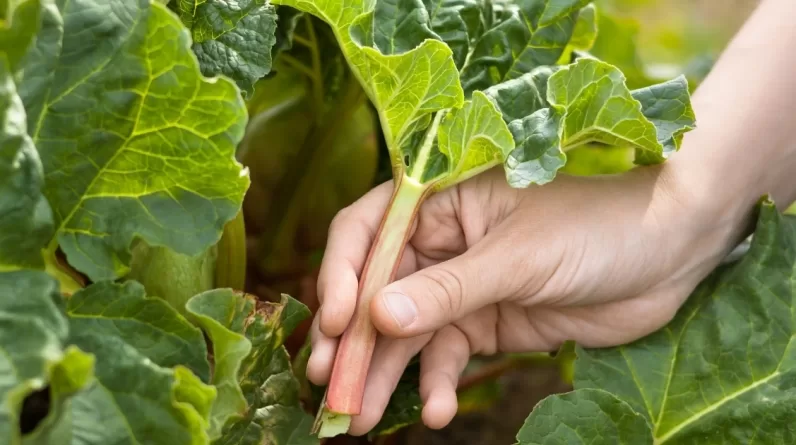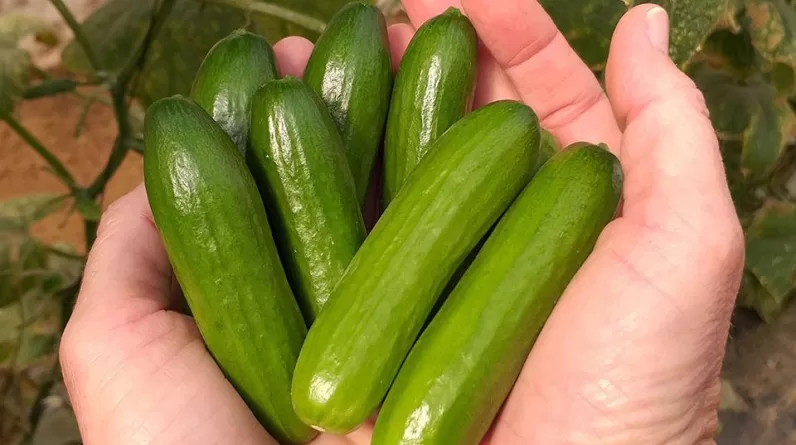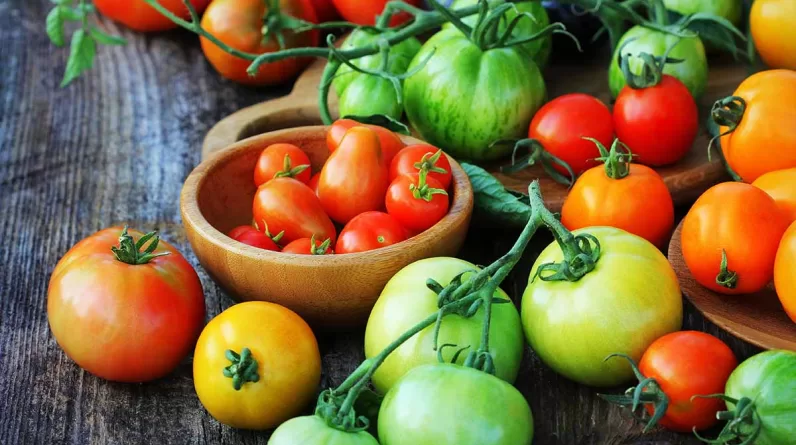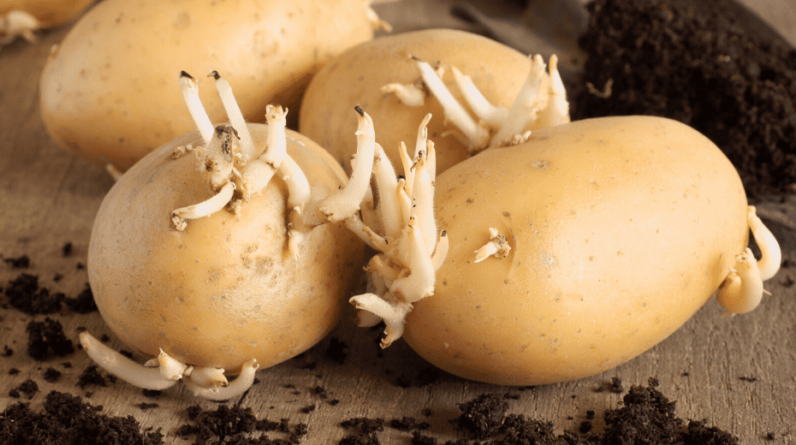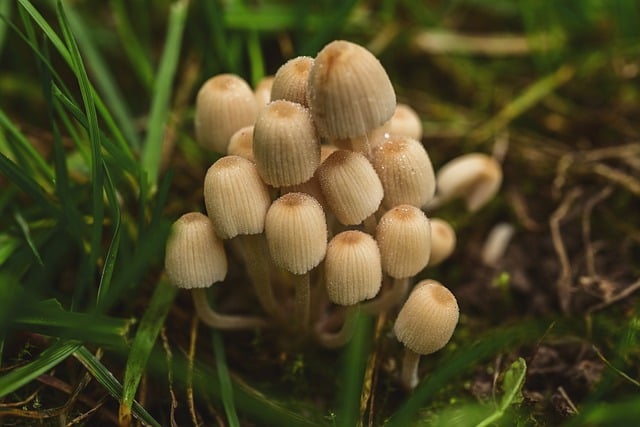
Companion Planting Benefits:
A Comprehensive Guide
Companion planting is a gardening technique that involves planting different crops together to create a mutually beneficial environment. This technique has been used for centuries and has gained popularity in recent years due to its numerous benefits. By planting complementary crops, you can improve soil health, increase crop yields, and reduce the need for harmful pesticides.
One of the main benefits of companion planting is that it helps to control pests naturally. Certain plants, such as marigolds and garlic, are natural insect repellents and can help to keep pests at bay. Additionally, planting certain crops together can attract beneficial insects, such as ladybugs and bees, which can help to pollinate your plants and control harmful pests.
Another benefit of companion planting is that it can help to improve soil health. Different plants have different nutrient requirements, and by planting complementary crops together, you can create a more balanced and diverse soil environment. For example, legumes, such as beans and peas, are nitrogen fixers, which means they can convert atmospheric nitrogen into a form that is usable by other plants. By planting legumes with other crops, you can help to increase soil fertility and reduce the need for synthetic fertilizers.
Understanding Companion Planting
Companion planting is a gardening technique where different plants are grown together for their mutual benefit. This practice involves planting two or more plant species in close proximity to each other, creating a symbiotic relationship that can enhance plant growth, improve soil quality, and deter pests.
When it comes to companion planting, not all plant combinations are created equal. Some plants have natural affinities for each other, while others can have negative effects on their neighbors. To help you get started with companion planting, here are some tips to keep in mind:
- Plant compatibility: Certain plants have natural affinities for each other and can help each other grow. For example, planting beans alongside corn can be beneficial, as the beans fix nitrogen in the soil, which the corn can use to grow. On the other hand, planting tomatoes and potatoes together is not recommended, as they are both susceptible to blight.
- Pest control: Companion planting can help deter pests and reduce the need for pesticides. For example, planting marigolds alongside tomatoes can help repel nematodes, while planting garlic and onions with carrots can help deter carrot flies.
- Soil improvement: Companion planting can also help improve soil quality by increasing soil fertility and reducing soil erosion. For example, planting legumes like peas and beans can help fix nitrogen in the soil, while planting cover crops like clover and rye can help prevent soil erosion.
- Companion plant guide: There are many resources available to help you choose the right companion plants for your garden. A companion plant guide can provide you with information on which plants grow well together and which ones should be kept apart.
Overall, companion planting is a great way to improve the health and productivity of your garden. By choosing the right plant combinations and following best practices, you can create a thriving garden that benefits both you and your plants.
Compatibility in Companion Planting
When it comes to companion planting, compatibility is key. Some plants work well together, while others can hinder growth and attract pests. By choosing the right companion plants, you can create a thriving garden that is both beautiful and productive.
Here are some tips to keep in mind when choosing companion plants:
- Plant families: Plants in the same family tend to have similar nutrient needs and pest problems. Avoid planting members of the same family together, as this can lead to soil depletion and pest infestations. For example, don’t plant tomatoes and peppers together, as they are both members of the nightshade family.
- Attracting beneficial insects: Certain plants can attract beneficial insects that help control pests and pollinate flowers. For example, planting marigolds can attract ladybugs, which feed on aphids and other garden pests.
- Repelling pests: Some plants can also repel pests, making them a great addition to your garden. For example, planting garlic can help repel aphids, while planting mint can help repel ants.
- Complementary growth habits: Companion plants should also have complementary growth habits. For example, planting tall sunflowers next to low-growing lettuce can provide shade and protection from the sun.
- Soil requirements: Companion plants should also have similar soil requirements. For example, planting beans and corn together can improve soil fertility, as beans fix nitrogen in the soil.
By choosing the right companion plants, you can create a thriving garden that is both beautiful and productive. Keep these tips in mind when planning your garden, and you’ll be well on your way to a successful harvest.
Benefits of Companion Planting
Companion planting is a gardening technique that involves planting different crops together to maximize their potential benefits. This method has been used for centuries and has many benefits that can help you grow a more productive and healthy garden. Here are some of the benefits of companion planting:
Improving Soil Health
One of the main benefits of companion planting is that it can help improve the health of your soil. Certain plants have the ability to fix nitrogen in the soil, which can help improve soil fertility and reduce the need for synthetic fertilizers. For example, legumes such as beans and peas are known for their ability to fix nitrogen in the soil. Planting them alongside other crops like tomatoes or peppers can help improve the overall health of your garden soil.
Pest Management
Companion planting can also help with pest management. Some plants are known to repel pests, while others attract beneficial insects that can help control pests. For example, planting marigolds alongside your vegetable crops can help repel pests like aphids and whiteflies. Additionally, planting herbs such as basil and cilantro can attract beneficial insects like ladybugs and lacewings, which can help control pests like aphids and spider mites.
Maximizing Space
Another benefit of companion planting is that it can help you maximize the space in your garden. By planting crops together that have different growth habits, you can use the space more efficiently. For example, planting tall crops like corn alongside shorter crops like beans can help you use the vertical space in your garden more effectively.
In summary, companion planting has many benefits that can help you grow a more productive and healthy garden. By improving soil health, managing pests, and maximizing space, you can create a garden that is both beautiful and functional.
Common Companion Planting Pairs
When planning your garden, it’s important to choose companion plants that complement each other. Here are some common companion planting pairs that have proven to be successful:
Tomatoes and Basil
Tomatoes and basil are a classic companion planting pair. Basil repels pests that are attracted to tomatoes while also enhancing their flavor. Tomatoes also provide shade for basil, which prefers cooler temperatures.
Carrots and Onions
Carrots and onions are another great companion planting pair. Onions repel pests that are attracted to carrots while also deterring carrot flies. Carrots, on the other hand, attract beneficial insects that help control onion pests.
Cucumbers and Radishes
Cucumbers and radishes are a great pairing because radishes act as a trap crop for cucumber beetles. Radishes also help break up soil and improve drainage, which benefits cucumbers.
Peppers and Marigolds
Peppers and marigolds are a popular companion planting pair because marigolds repel nematodes, which can damage pepper roots. Marigolds also attract beneficial insects that help control pests that are attracted to peppers.
Beans and Corn
Beans and corn are a classic companion planting pair that have been used by Native Americans for centuries. Beans fix nitrogen in the soil, which benefits corn, while corn provides a trellis for beans to climb.
Squash and Nasturtiums
Squash and nasturtiums are a great pairing because nasturtiums repel squash bugs and other pests that are attracted to squash. Nasturtiums also attract beneficial insects that help control pests that are attracted to squash.
By choosing companion planting pairs that complement each other, you can create a healthier and more productive garden. Remember to do your research and choose plants that have proven to be successful together.
Misconceptions and Limitations of Companion Planting
While companion planting offers many benefits, there are also some misconceptions and limitations to keep in mind.
Misconceptions
Myth: Companion planting completely eliminates the need pests.
While some companion plants can help deter pests, they won’t completely eliminate the need for pesticides. Companion planting is just one tool in an integrated pest management strategy.
Myth: Companion planting guarantees a successful harvest.
While companion planting can improve soil health and increase yields, there are no guarantees when it comes to gardening. Many factors, such as weather, soil quality, and pest pressure, can impact your harvest.
Limitations
Limitation: Some companion plants may compete for resources.
While some companion plants work well together, others may compete for resources such as water, nutrients, and sunlight. It’s important to choose companion plants that have similar growing requirements and space them appropriately.
Limitation: Companion planting may not work for all crops.
While companion planting can be beneficial for many crops, it may not work for all of them. Some crops may have specific companion plants that work well with them, while others may not benefit from companion planting at all.
Limitation: Companion planting may not work for all pests.
While companion planting can help deter many common garden pests, it may not be effective against all of them. Some pests may be attracted to certain companion plants, or may simply be too persistent to deter with companion planting alone.
In summary, while companion planting can offer many benefits, it’s important to keep in mind its limitations and understand that it is just one tool in an integrated pest management strategy.
Conclusion
In conclusion, companion planting can be an excellent way to improve the health and productivity of your garden. By planting certain crops together, you can help to naturally control pests and diseases, improve soil quality, and increase yields.
One of the key benefits of companion planting is that it can help to maximize the use of planting space. By planting crops together that have different growth habits, you can make the most of the space you have available. For example, you could plant tall plants like corn or sunflowers next to shorter plants like beans or lettuce. The tall plants can provide shade for the shorter plants and help to conserve moisture in the soil.
Another benefit of companion planting is that it can help to attract beneficial insects to your garden. Many companion plants are known to attract pollinators like bees and butterflies, which can help to increase yields. Additionally, some companion plants can help to repel pests like aphids or attract predators like ladybugs that will eat them.
Companion planting can also help to improve soil quality by adding nutrients and organic matter. For example, planting legumes like peas or beans can help to fix nitrogen in the soil, which can be used by other plants. Additionally, planting crops like clover or vetch as cover crops can help to prevent erosion, suppress weeds, and improve soil structure.
Overall, companion planting can be a great way to improve the health and productivity of your garden. By choosing the right combinations of plants and using them effectively, you can create a thriving ecosystem that will benefit both you and your plants.

